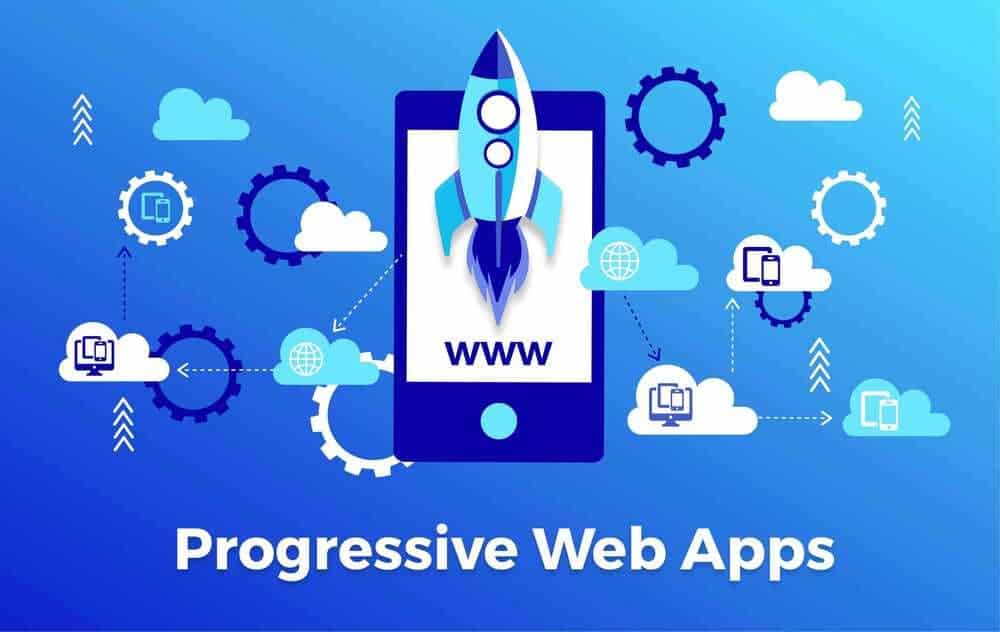Revolutionizing Web Experiences: The Power of Progressive Web App Development Services
In today’s fast-paced digital landscape, businesses strive to provide their customers with seamless web experiences that are engaging and user-friendly. With the increasing demand for mobile-friendly solutions and the evolving expectations of users, traditional web and native apps face significant challenges in meeting these demands. However, there is a transformative solution that is gaining momentum across … Read more




